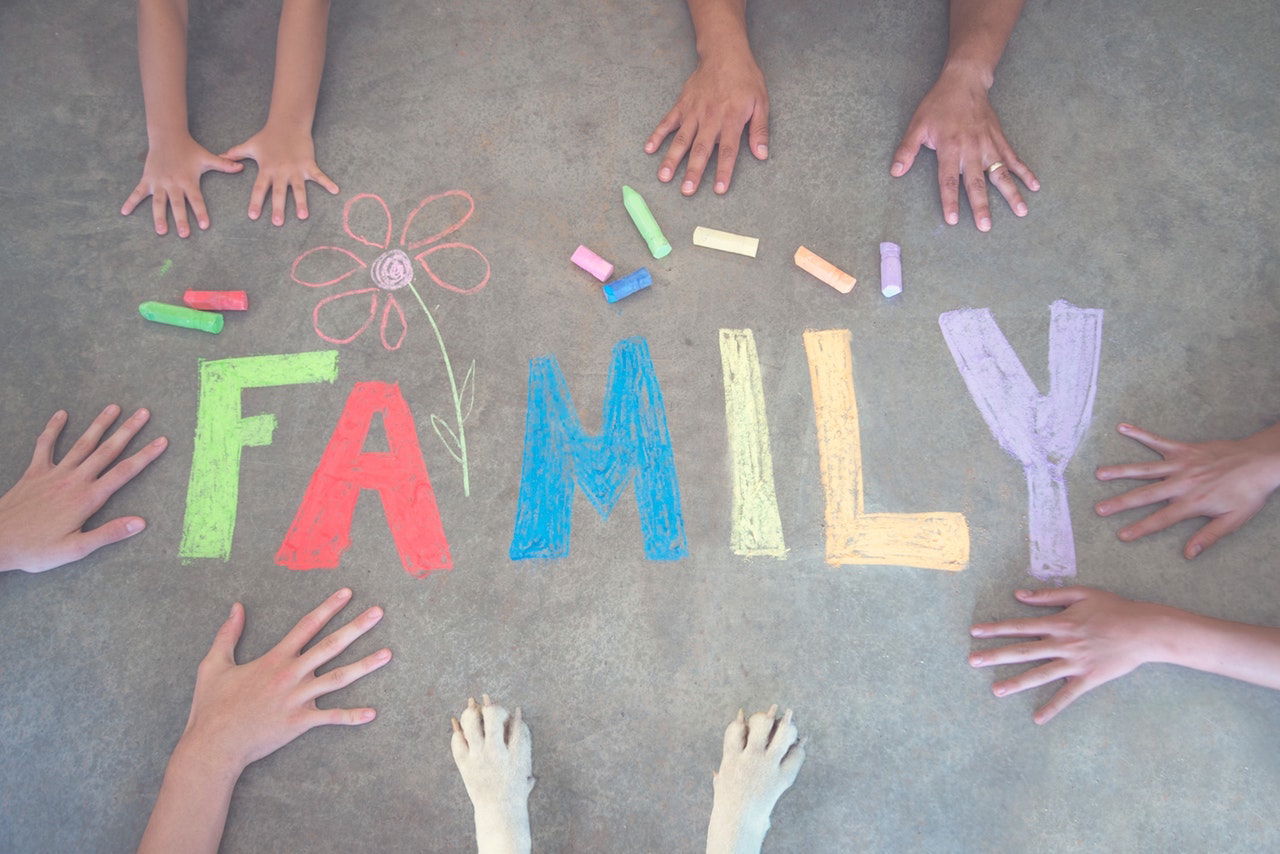Highlights
- The idea of “the family dinner” as a thing, a phrase, a way of life, is something many of my students know nothing about. Post This
- [The family dinner] is the antidote to anxiety, to unhealthy seclusion and separation, and to the alienating idea that family time and obligations are a burden rather than a nourishing and edifying blessing. Post This
Editor’s Note: The following essay is excerpted with permission from Chapter 5 of Hollowed Out: A Warning About America’s Next Generation (Regnery 2021) by Jeremy S. Adams.
When I was growing up, my family had dinner around an old wooden table. By the time I was in second grade, my siblings had moved away, and I was alone with my two elderly parents. My father sat to my right, my mother to my left. My mother was anything but deferential to my father. She was full of stubborn opinions and never hesitant to offer them. Before I was indoctrinated with the idea of patriarchy-matriarchy power binaries, I thought of my home as something like the United States Constitution—a system of shared powers. My mother ran the house. If she made a declaration, my father would reply, prudently, “Okay, then, understood.” She took on many traditional roles—cooking, cleaning, driving me to my appointments—and did so with authority.
When she finished cooking dinner, she would stand at the foot of the stairs and scream—and I mean scream—“Jeremy! Larry! Dinner!” I would barrel down the stairs to set the table. I look back on those dinners now with nostalgia, even though at the time I didn’t appreciate my mother’s culinary skills (which I didn’t inherit, though I do most of the cooking for my own family). However, it is not nostalgia to observe that our meal together was the heart of every day. It was a moment when we were always together as a family.
Writer Cody C. Delistraty tells a story of the beautiful and unifying power of the family dinner, even if it consists of only two people. After his older brother left for college and his mother passed away, he and his father began to eat separately. The dinner table, he writes, “felt different.” He and his father virtually ignored each other for long stretches of time. Eventually, his father said to him, “You know, I think we should start eating together, even if it’s just you and me. Your mother would have wanted that.” While the meals weren’t the same, either nutritionally or socially, he felt there was something substantial and “special about setting aside time to be with my father. It was therapeutic: an excuse to talk, to reflect on the day, and on recent events.” In retr0spect, like me, Delistraty concluded that “eating together was a small act, and it required very little of us...and yet it was invariably one of the happiest parts of my day.”
The family dinner can be a refuge, a place of restoration, a place where the phones are put aside, time is taken to prepare good food, consideration is given to each other, and everyone engages and helps.
Young people today, as we know from voluminous research, and certainly as I see in my classroom and my own home, lack vital human connections, fear romantic relationships, and would rather sequester themselves in their rooms than go out with friends. The isolation isn’t solely a matter of the digital world; it begins with how they live at home. The idea of “the family dinner” as a thing, a phrase, a way of life, is something many of my students know nothing about.
If I ask, “How many of you sit down and eat dinner together with your family?” almost no one will raise a hand.
If I follow up by asking, “Then how do you eat dinner?” the almost universal response is: “Oh, we just warm up some food and take it to our rooms.”
“Where are your parents?”
“Oh, they’re not home,” or, “They’re watching TV,” or, “They eat in their own rooms.”
The kids are home alone—even when their parents are there.
When my daughters became teens, they rarely wanted to eat together as a family. They constantly asked if they could take their food to their rooms. So they played the “homework card” with their father.
“I have a ton of schoolwork to do; it would really help if I studied while I ate.”
This worked until I checked up on them and found that studying meant watching YouTube and doing whatever it is young people do with TikTok and Discord.
I understand the temptation to abandon the traditional family meal. Busy schedules make it difficult. It has become something we think we can do without—like church attendance. But it comes with costs. Over the past two decades, the frequency of family meals has declined by 33 percent. Children who do not dine with their parents at least twice a week are more likely to be overweight, less likely to eat vegetables, and more likely to be truant at school.
As a habit, dining alone can be hard to break. I’ve been told by college students that many of their classmates will pick up their food in the cafeteria, bypass the dining hall, and eat alone in their dorm rooms. Such isolation doesn’t seem healthy—and it isn’t, at least not if you believe that the point of life is human connection, interaction, conversation, the exchange of ideas, the sharing of interests, the building of friendship and understanding. The classics, the Bible, and the history of human experience all tell us that breaking bread together has always been an important, even sacred, part of human life.
The classics, the Bible, and the history of human experience all tell us that breaking bread together has always been an important, even sacred, part of human life.
As an educator, I’m drawn to the research of Anne Fishel, co-founder of the Family Dinner Project and a Harvard professor, who notes that “dinnertime conversation boosts vocabulary more than being read aloud to” as well as lowers rates of depression and suicidal thoughts. She writes, “The mental health benefits are just a bonanza.” She also explains that regular family meals are more powerful predictors for standardized test scores than time spent in school or spent doing home- work. Many of the traditional worries parents have about risky teenage behavior—“smoking, binge drinking, marijuana usage, violence, school problems, eating disorders, and sexual activity”—are less likely to materialize in homes with regular family dinners. As she explains,
In most industrialized countries, families don’t farm together, play musical instruments, or stitch quilts on the front porch. So dinner is the most reliable way for families to connect and find out what’s going on with each other.
In middle- and upper-income families, parents often work late, are away on business, or are rushing kids off to a practice or some other activity. Poor families are often headed by a single parent with a work shift at dinnertime. The seduction of the drive-thru is real. Families now spend more at restaurants than on groceries, and 20 percent of all meals are eaten in the car. Perhaps it is not surprising, given this portrait of an overworked, overbooked, hectic or broken family life, that a daunting 25 percent of kids have anxiety disorders.
The family dinner can be a refuge, a place of restoration, a place where the phones are put aside, time is taken to prepare good food, consideration is given to each other, and everyone engages and helps. It should be regarded as just as important a scheduled activity as any other. For one family, “good manners might be the most important thing parents want to teach [at the dinner table]; in another it might be communicating with one another, learning how to listen, and learning to respect each other.”
No matter the focus, parents need to insist on this shared time and shared space. It is the antidote to anxiety, to unhealthy seclusion and separation, and to the alienating idea that family time and obligations are a burden rather than a nourishing and edifying blessing. A supportive family that gathers around the dinner table makes the world seem less lonely, harsh, and terrifying to children; it is a way for parents to engage every day with their kids; it is a way to keep loving tabs on them. When kids get into trouble, it is often because the parents aren’t paying attention.
Jeremy S. Adams is a high school and college civics teacher for over two decades in Bakersfield, California, who was the 2014 DAR California Teacher of the Year. *For a footnoted version of this essay, see Chapter 5 of his new book, Hollowed Out.












